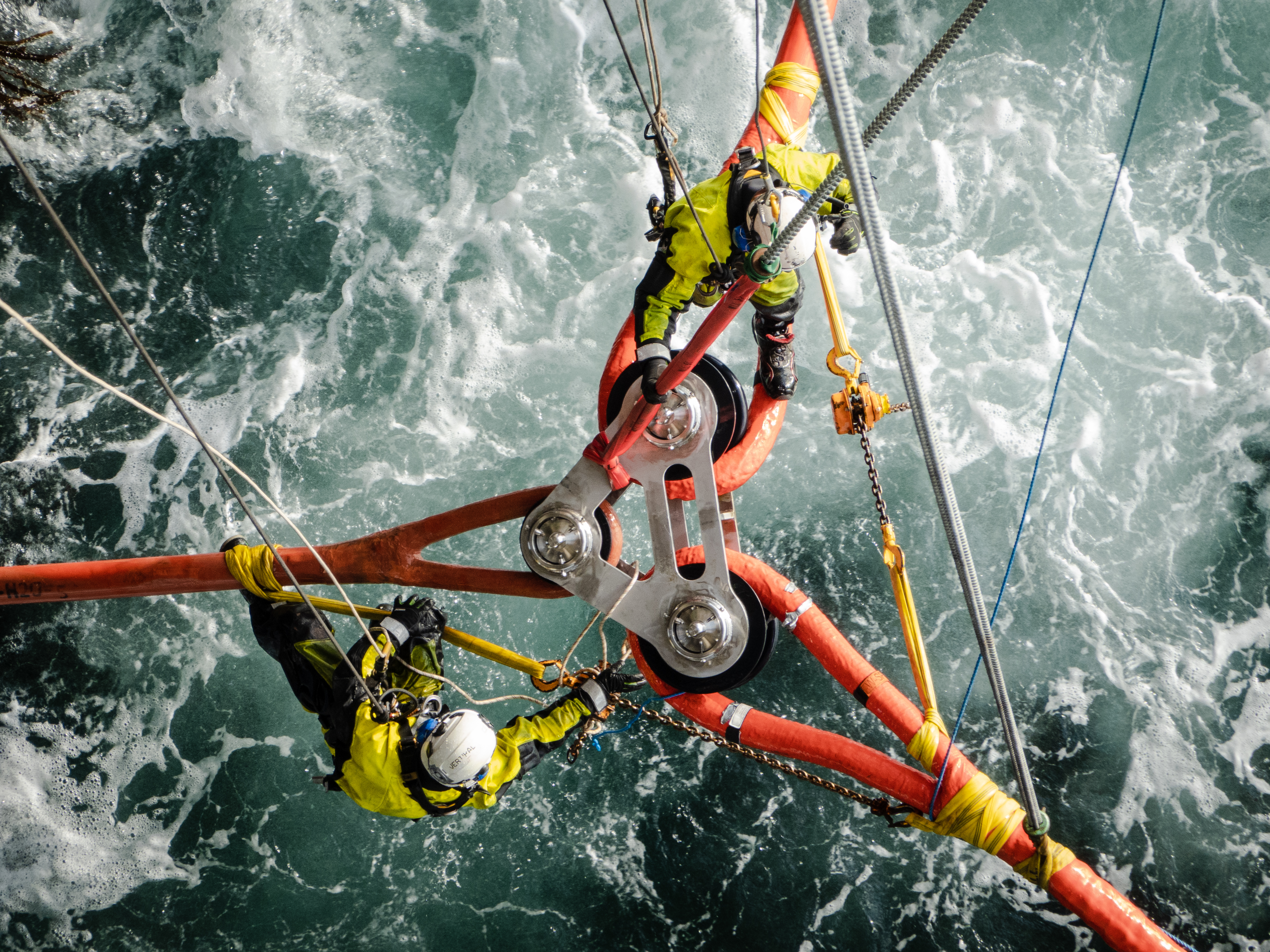You control your information
We use cookies to enhance your browsing experience, serve personalized ads or content, and analyze our traffic. By clicking "Accept all", you consent to our use of cookies.
Read more about cookies
OceanTech is an experienced service provider for offshore installation operators, specialising in safety-critical services and maintenance in the challenging splash zone.

We manage all project interfaces to save our clients time and effort. In addition to our core solutions, we provide feasibility studies, design and engineering, planning and execution of intricate lifting operations, rental of ROV tooling, and equipment testing at our Subsea Test Centre.
We are based in Trondheim, Norway. Our team possesses extensive and diverse experience from major engineering firms that have played a pivotal role in developing the offshore oil and gas industry in the North Sea and other oceanic regions.